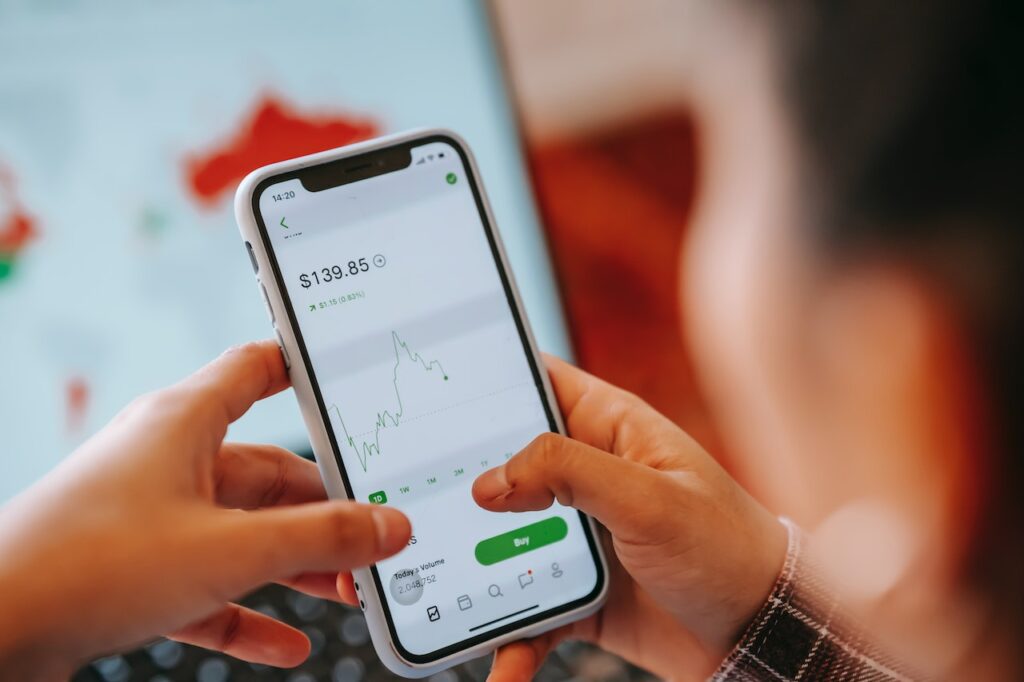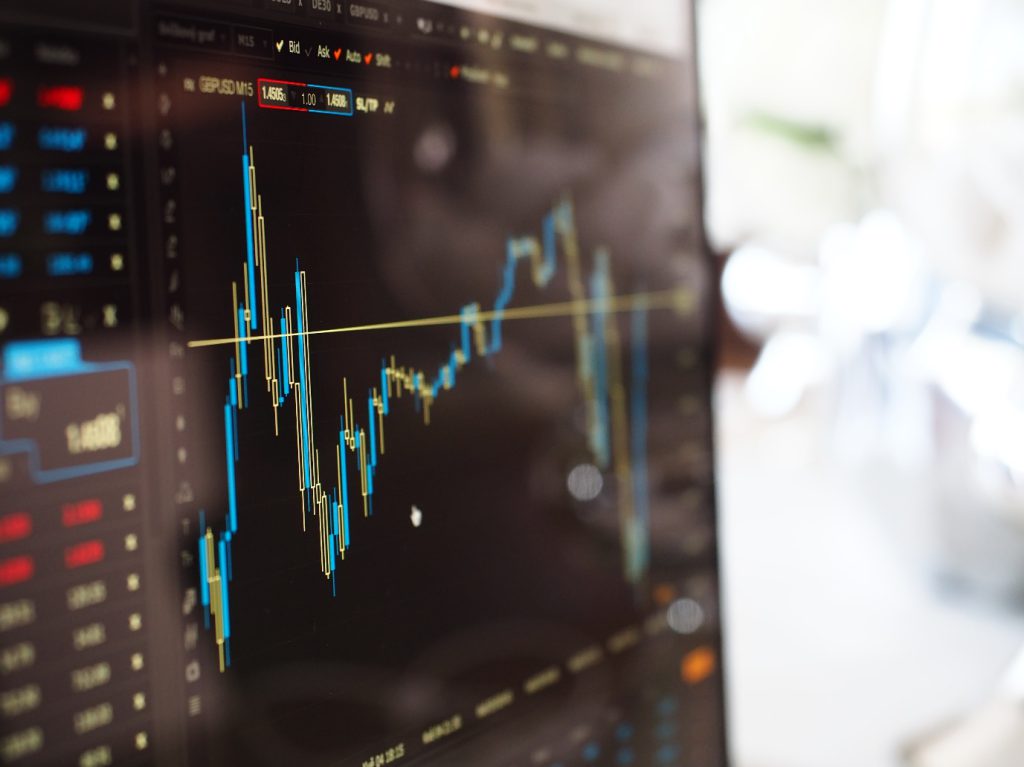There are a variety of forex indicators that can be used to predict market movements. Some of these indicators can be useful in spotting market reversals. The Parabolic SAR indicator is a useful tool for this purpose. It indicates the beginning of an uptrend or downtrend by dots shifting from above to below the exchange rate. Traders can wait for this shift to occur and then enter a trade in the indicated direction when four dots appear consecutively. Another group of forex indicators that can help identify market reversals is the rate of change indicator.
Momentum indicator
The Momentum indicator is a simple tempo indicator that generates leading signals on price movements. Unlike oscillators, this indicator is best used for long-term trading. However, it can also be used on shorter timeframes. Martin Pring, a popular promoter of the Momentum indicator, has provided a useful video on how to use this indicator. In the video, he addresses many of the most common questions about this indicator.
The Momentum indicator consists of a simple line and a secondary line. The primary line is the basic line, while the secondary line is the Momentum moving average. The X-period look-back setting of the Momentum indicator is nine, fourteen, or twenty-one. Using a shorter period can produce noisier signals, while a longer period will generate better quality signals.
Momentum indicators work best in trending markets. These types of markets have higher highs and lower lows, which means that the indicator will rise sharply and fall sharply at the top and bottom of the trend. As a result, traders can squeeze profits by taking advantage of these highs and lows. In addition, the Momentum indicator can be used to detect reversals near price extremes.
Three-day relative strength index
The three-day relative strength index (RSI) is a useful indicator to use when trading stocks. It is a simple calculation that takes into account the total value of price action over a three-day window. It ranges from zero to 100. If all of the price action is to the upside, then the RSI is high, while if all of the price activity is to the downside, it is low.
The three-day RSI shows that Bitcoin is overbought. The RSI peaked in December 2017, which triggered a nearly seventy percent decline. As a result, the cryptocurrency subsequently went into a bear market. Five weeks later, the three-day RSI broke down by 46%, signaling a bearish divergence.
Moving average convergence divergence
Moving average convergence/divergence is an indicator that can be helpful in predicting trends. Developed by Gerald Appel in the late 1970s, MACD measures changes in trend strength and direction in stock price. Essentially, it is a trend indicator that tells you when the market is about to make a turn in price.
MACD works by comparing two moving averages, the short-term and the long-term. If a short-term moving average crosses over the medium-term moving average, this is a bullish signal. If it crosses below the long-term moving average, then the short-term moving average is a bearish signal.
Another MACD indicator that traders use is MACD. This indicator compares the difference between two moving averages to determine if a stock is about to make a lower low. A lower low is an indicator that signals a downward trend. If the MACD indicator confirms the lower low, then it is a sign that the S&P 500 is about to take a further downturn.
Ichimoku cloud
The Ichimoku cloud forex indicator is a technical indicator that can help you filter out market phases. It is particularly useful for predicting bullish and bearish trends. The indicator is also helpful in predicting reversals. However, it loses its validity during range markets. In order to trade the Ichimoku cloud successfully, you must be able to identify the correct time to buy and sell. The most effective timeframes to use the Ichimoku cloud are the 4-Hour and up timeframes. However, you can also use it in short timeframes.
The Ichimoku Cloud indicator is composed of five lines. The upper line is called the Tenkan line while the lower line is called the Kijun line. These lines form the cloud. The green and red lines indicate a bullish trend, while the blue line represents a bearish trend. The prices of the pair should be above the cloud if the price is in a bullish trend. If they fall below the cloud, then the trend is down. Likewise, if they are above the cloud, it means an uptrend.
The Ichimoku cloud is an excellent indicator for predicting the performance of currency pairs. It can be used to help you find the best time to enter or exit a trade. Traders who use the Ichimoku Cloud can also customize their system to suit their trading needs. The indicator can be modified by adjusting periods and adding components. It is important to test the system thoroughly before implementing it into your own trading plan.








Facebook Comments